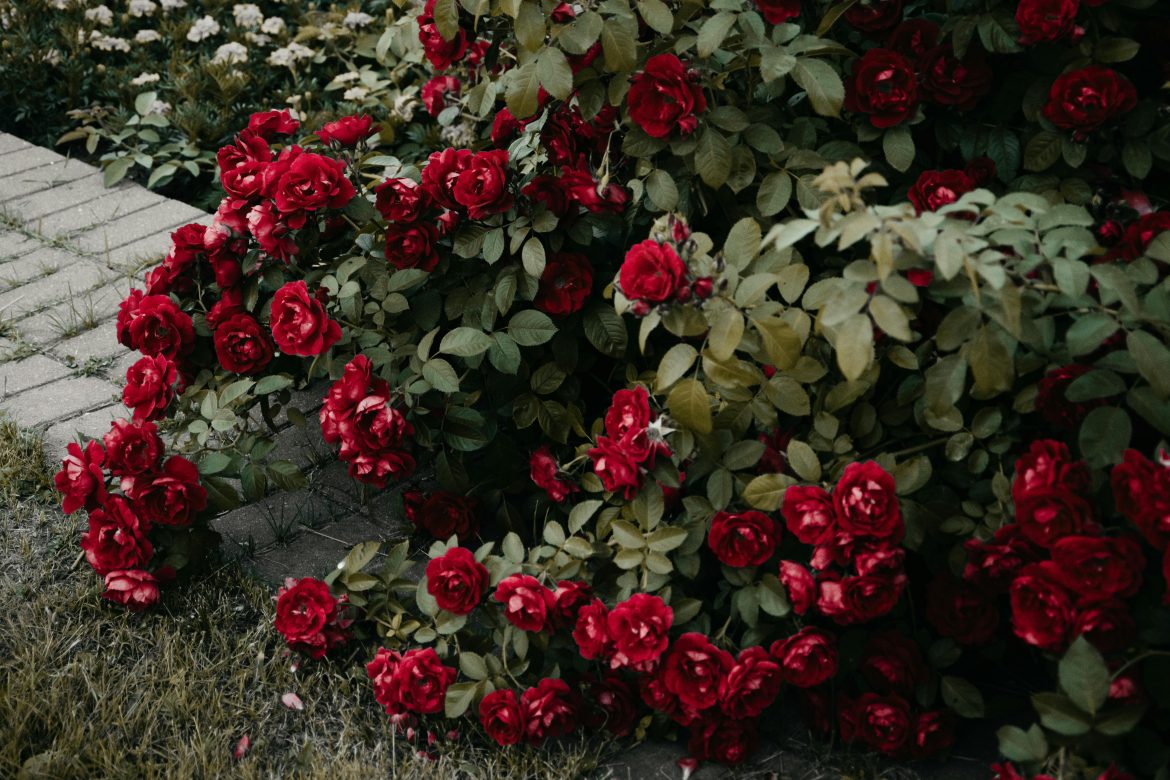From garden folklore to social media hacks, banana peels are often touted as a “secret” fertiliser for roses. The idea is simple: because bananas contain potassium, placing the peel in your soil should give your roses a healthy boost. But does this old trick really deliver the results it promises?
ALSO SEE: 4 surprising invasive plants you might have in your garden
Why banana peels became popular in gardens
The myth stems from the fact that banana peels do contain potassium, an essential nutrient for plant health. Potassium supports flower production, strengthens stems, and helps plants resist disease. Since roses thrive on potassium-rich diets, the leap from fruit to fertiliser felt like common sense.
For many gardeners, it also seems like an eco-friendly and inexpensive solution. You eat the banana, and the peel goes straight into the soil. Unfortunately, that’s where the logic ends.
Why banana peels fall short for roses
Although not harmful, banana peels are far from effective fertilisers. Roses need a balanced supply of nutrients, including nitrogen for leafy growth, phosphorus for strong roots and blooms, and potassium for overall vigour. They also rely on secondary nutrients such as magnesium and calcium, plus trace minerals like iron and zinc.
Banana peels contain only small amounts of these essentials, and the nutrients they do have aren’t in forms roses can absorb immediately. Fresh peels must first decompose – a slow process that can take months – by which time your roses have already passed their peak feeding stage.
The problems with burying banana peels
Beyond their poor nutritional profile, peels can cause practical issues in rose beds:
-
Slow decomposition: nutrients are released too late to benefit growth and flowering cycles.
-
Pest attraction: peels can draw rodents, flies, and other unwanted visitors.
-
Soil imbalance: decomposing peels may create soggy patches or odours, potentially leading to root problems.
-
Timing mismatch: roses need consistent, balanced feeding during spring and summer growth spurts – not delayed nutrients months later.
What roses really need instead
To keep roses strong and blooming, focus on balanced nutrition delivered in a way plants can actually use:
-
Fertilisers formulated for roses: these supply nitrogen, phosphorus, and potassium in the right ratios, often in slow-release form for steady feeding.
-
Organic matter: compost and well-rotted manure improve soil health and provide long-lasting nutrition.
-
Seasonal feeding: begin in early spring when growth starts, and continue every few weeks until late summer. Always stop feeding before autumn dormancy sets in.
-
Mulching: a layer of mulch helps retain moisture, regulate temperature, and slowly enriches the soil as it breaks down.
Banana peels might sound like a thrifty garden hack, but they won’t give your roses the nutrition they truly need. Instead, rely on quality fertilisers and organic matter to deliver consistent, balanced feeding. That way, your roses will reward you with strong growth, repeat blooms, and long-lasting health – no kitchen scraps required.
ALSO SEE:
What’s your zodiac flower? The blooms linked to your star sign
Featured Image: Pexels

